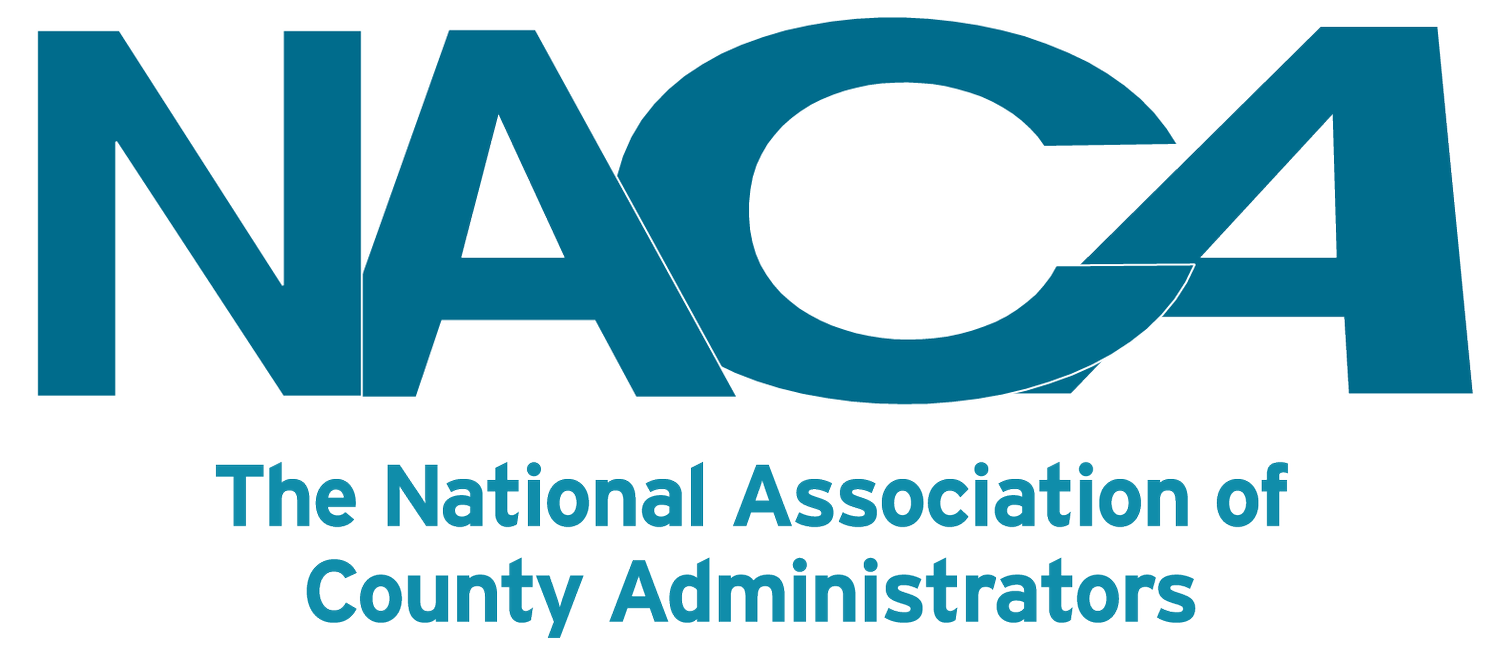MissionSquare Retirement: An Improving Recruitment Picture?
by Gerald Young, MissionSquare Research Institute
Recruitment and retention in local government have always been critical issues, impacting the efficiency and effectiveness of public services. Over the past decade, local governments have faced significant challenges in filling key positions, particularly in fields such as information technology, policing, dispatch, and nursing.
The latest data on local government recruitment and retention points to some positive trends, even in hard to fill positions. MissionSquare Research Institute has identified salary studies, pay increases, bonuses, and flexibility on degree requirements as contributing to that improvement. Nevertheless, despite now being in a more competitive position vs. the private sector, there are still challenges ahead – particularly with the largest wave of baby boom retirements predicted to occur in the next few years.
From the first survey of human resource managers that the Research Institute conducted with the Public Sector HR Association and the National Association of State Personnel Executives in 2009, very few positions were considered hard to fill. At the time, the recession had led to hiring freezes and layoffs, and where recruitment was taking place, there was little difficulty in finding job candidates. Over the next few years, a few areas of difficulty began to emerge, but there were very few organizations expressing this. Only three fields – engineering, police, and IT – were identified as hard to fill by more than 12% of respondents, with IT the highest at 16%.
By 2018, that list exceeding that threshold had expanded to include nursing, corrections, automotive maintenance, building inspection, and other occupations, and by 2022, 19 positions were considered hard to fill by more than half of all respondents. But by the 2024 State and Local Workforce Survey, for many of those positions, the share rating them that way had dropped by 10 percentage points or more.
While there have been a few additions and deletions to the list of occupations surveyed, most have stayed consistent year to year. Table 1 shows the change in those assessments over time, as well as the significant decreases seen in 2024. Only two occupations saw increases from 2022-2024, with corrections increasing from 72% to 74% rating it as hard to fill, and mental health professionals increasing from 69% to 83%.
Table 1: Percentage Reporting Positions as Hard to Fill, 2018-2024
Source: Annual State and Local Workforce Survey, MissionSquare Research Institute. NOTE: Table only shows positions for which data was available each year. Information technology data for 2018 and 2020 represents an average of the breakout categories surveyed.
That progress is good news. But despite the across-the-board improvements, two significant challenges remain.
First, for those occupations that remain difficult to fill, governments are often finding fewer qualified applicants than they have vacancies. For most of the positions in Figure 1, the number reporting that vacancies outnumber qualified applicants spiked in 2022, but has declined since. The only area where that was not the case was in police officers/sheriff’s deputies/state troopers, for which the stat rose from 77% to 79%. Still, across all six of these occupations, at least 49% of respondents are having trouble finding enough applicants.
Figure 1: Percentage of respondents reporting fewer qualified applicants than the number of positions available, 2020-2024
Second, a looming wave of retirements means further staff shortfalls could be ahead. With 2024 marking the peak number of workers reaching age 65, 54% of HR managers report that the largest number of anticipated retirements is still to come in the next few years. Once that happens, the number of vacancies will increase significantly.
So, what contributed to the recent improvements, and what can continue that success?
Among the strategies governments have implemented have been compensation/classification studies and hiring bonuses. In the past two years, more than half have approved broad-based pay increases. And to recognize that the traditional path to a job is not necessarily the only one, more than 40% have updated job specifications for minimum education or experience. That flexibility enables the consideration of candidates who may have the relevant skills, but not necessarily a four-year degree.
Among non-economic factors are also aspects of organizational culture, whether they are more recently adopted (e.g., flexible work schedules) or ingrained in the nature of the work. In MissionSquare Research Institute’s survey of state and local employees 35 and under, among the key motivations to seek employment in the public sector were job stability, personal satisfaction, and ability to serve the community. To build on that interest, some governments are building their communications campaigns around public service or encouraging employee engagement with the community, such as through volunteer involvement or matching donations.
Whether recruitment challenges are easing now or becoming acute again soon as anticipated retirements take place, attention to flexibility and motivation will remain key in helping governments compete for talent.


